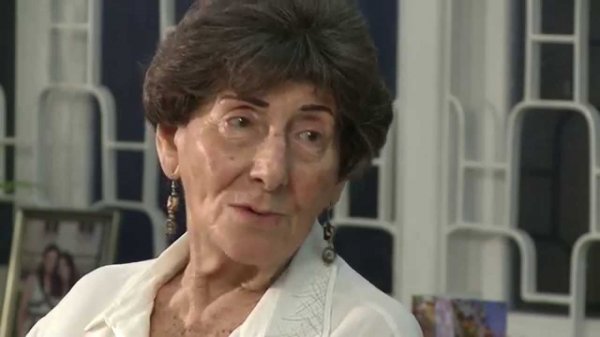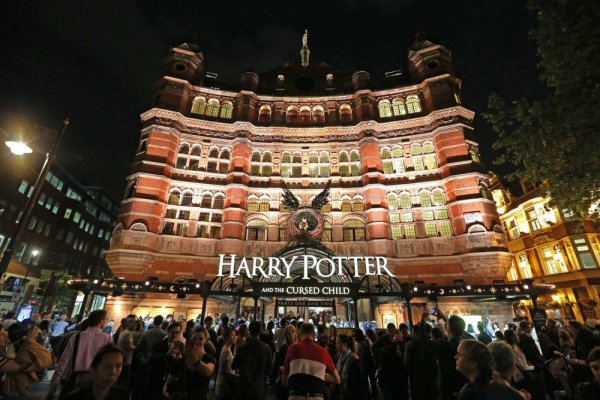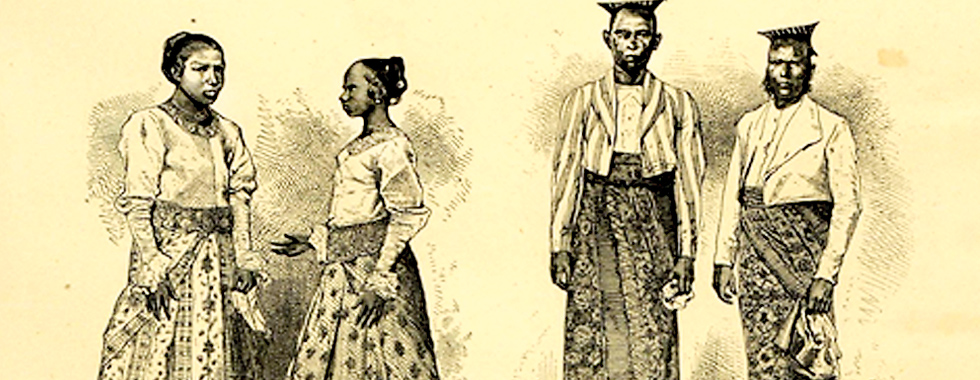
The proud descendants of the Dutch and Portuguese colonies of the 16th and 17th centuries, the Burghers have been a part of Sri Lanka for hundreds of years.

The Portuguese and Dutch Burghers have been a major influence on Sri Lankan culture and society for hundreds of years. Image courtesy: alamy.com
A Eurasian ethnic group, descended not only from the Portuguese and Dutch, but also from the British and other Europeans who settled in the island, most Burghers still hold on to their predominantly western customs, traditions, and even their language and religion. They are themselves are a glorious mix of the west and east, and have contributed to Sri Lankan society and culture in numerous ways.
People often expect Burghers to have a fair or moderately fair complexion and eyes and hair that are light in colour, in comparison to the people of the other races present within the country. But some Burgher people are indistinguishable from their fellow Sinhalese, Tamil, and Muslim citizens, and may possess an olive or even dark skin tone, and dark hair and eyes as a result of their mixed ancestry, thanks to intermarriage between the races.
The word ‘Burgher’ was adopted into the English language after being derived from the Dutch word ‘Burger’ which refers to a citizen of a ‘berg’, a borough or town. It is much similar to the French and English word ‘bourgeois’, meaning middle class. Originally, the word had no connection whatsoever to race or ethnicity; it was merely a mark of civil status. This category of town-dwelling inhabitants grew in size and number, however, and became more varied in the last few years of the Dutch rule in Sri Lanka.
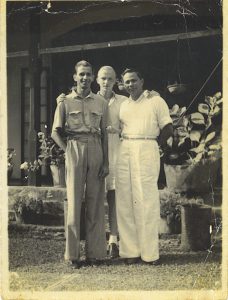
Overall, many Burghers do not have marked physical attributes that distinguish them from other Lankans, thanks to their mixed ancestry. Image courtesy: theinkbrain.wordpress.com
With the establishment of British Crown control in Sri Lanka, the term ‘Burgher’ proved useful as a label for their subjects who were not indigenous, but descendants of the Portuguese and Dutch immigrants. Within this group there were two definite and identifiable communities: the Portuguese Burghers and the Dutch Burghers, and they remained separate communities on the basis of ethnicity, religion, language spoken, and physical attributes.
But later on, to those external to the communities, it became much easier to classify these two groups as one, despite the divisions of class, race, religion, and colour, which remained as barriers within the two groups.
Even the British did not acknowledge them as two separate and identifiable racial groups but broadly classified them as Burghers, for administrative reasons. The term was actually not accepted by the Dutch descendants, or the Sinhalese either.
Only in 1833 did the official definition become necessary, with the Supreme Court (specifically, Chief Justice of Ceylon, Sir Richard Ottley) stating that “The name Burgher belongs to all the descendants of the Portuguese, the Dutch and all other Europeans born in Sri Lanka.”
Later on, it was a racial tag given to all Eurasians (of Portuguese, Dutch, British, and sometimes even German, French or Russian origin) and children of unions between the British and the Sinhalese, whose parents were often not married.

Photograph of a Burgher wedding from long ago. Image courtesy: easternsrilanka.natgeotourism.com
As of now, though there are a few distinct Portuguese Burgher communities in the East, particularly in Batticaloa. Within Colombo and it’s surrounding suburbs, the Portuguese and Dutch Burgher communities are more integrated. This is mainly because English and Sinhalese have replaced Dutch and Portuguese Creole as the primary languages among these people.
The Portuguese Burghers
The current Portuguese Burghers are mostly the descendants of the Sri Lankan ‘Mestiços’, people of mixed Portuguese and Sinhalese or Tamil descent, who first appeared in the 16th Century after the Portuguese landed in the coastal areas of the island in 1505.
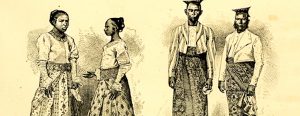
The early Portuguese Burghers. Image courtesy: apcc.org
These Portuguese settlers initially journeyed to Sri Lanka for trade purposes but eventually decided to form colonies, even marrying Sinhalese and Tamil women. Intermarriage with the Sinhala and Tamil races was encouraged by the Portuguese, but not by their Dutch successors.
A significant impact of the Portuguese colonisation was, of course, the creation of these ‘Mestiços’, the early ancestors of the current Burghers, who were known as ‘Tupase’ by the Sinhalese and ‘Tuppai’ by the Tamils.
They were, sadly, despised by the Sinhalese, the Dutch, and later on, even the British. With the advent of the Dutch rule, the community was faced with a downward economic spiral, and was also somewhat mistreated by the Dutch – staunch protestants who had previously suffered at the hands of Spanish Catholics, the religious and political allies of the Portuguese.
In spite of their social and economic disadvantages, they continued to maintain their Portuguese language and customs, and upheld their Catholic beliefs even with the pressure of both their Dutch and British rulers.

Traditional Portuguese Kaffringha Dance. Image courtesy: easternsrilanka.natgeotourism.com
They took on the skills left over by their Portuguese ancestors, which included shoemaking, tailoring, carpentry, printing, and blacksmithing. They later came to be known as the ‘micro Burghers’ or the ‘mechanic Burghers’ because they were occupied with mechanical work such as repairing machinery.
These new skills, however, did not fit well in a society which considered such skills inferior to agriculture- and service-related occupations. Not much has changed for the Portuguese Burghers today, since they are still somewhat considered to be of a lower caste, in a class-centric society.
Currently, there are around 2,000 Portuguese Burghers in Batticaloa, and they live as a separate community with a blend of Portuguese and Dutch names.
Strongly Catholic, they are otherwise indistinguishable from the neighbouring Sinhalese, Tamils, and Moors, in terms of skin colour and even language, as many of them are fluent in Sinhalese and Tamil. Many of them also live on the outskirts of Colombo, and a few more occupy Trincomalee, Akkaraipattu, Mannar, and the southern suburbs of Colombo.

The local community gathers for a meeting at the Burgher Union in Batticaloa. Image courtesy: easternsrilanka.natgeotourism.com
There is a Portuguese Burgher union present in Batticaloa, called the Catholic Burgher Union, which takes its duty in preserving the heritage and culture of its people very seriously. Though it has been some 350 odd years since the Portuguese left the country, the Union still conducts its meetings in the Portuguese Patois, which is a language derived from Portuguese Creole but spoken in English with a few additional Sinhala words thrown in.
The Dutch Burghers
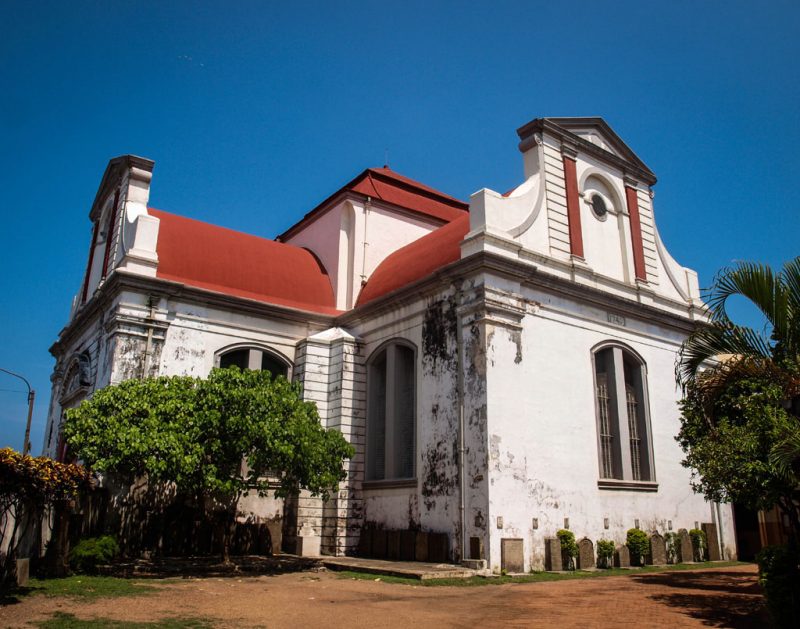
Wolvendaal Church in Colombo – the oldest Dutch Reformed Church in Sri Lanka. Image courtesy: travellinn.net
These Burghers largely descended from the Dutch colonisers, but are a mix of the Portuguese Burghers, and Sinhalese and Tamils as well. In 1602, the Dutch East India Company (VOC) took over the maritime regions of the country, and during this time period, the Dutch intermarried with the Portuguese descendants.
In the 18th century, this Eurasian community, referred to as ‘Lansi’ by the Sinhalese and Tamils, grew and increased in number, mostly speaking Portuguese Creole and Dutch.
When the British sailed over to the island and took control in 1796, most of the Dutch settlers, who still had connections with their homeland of the Netherlands, left the island. Some of the employees of the VOC chose to migrate to Batavia, which was the headquarters of the company. However, many of the Dutch Burghers remained, on the condition they sign a ‘Treaty of Capitulation’ to the British. At that time there were about 900 Dutch Burgher families living in Colombo, Jaffna, Galle, and Matara.
The Dutch Burghers were traditionally Protestants and members of the Dutch Reformed Church, but with the dominance of the British in the island, most of them took up the Anglican faith and even adopted the English language as their own.
In the 19th Century, the Dutch Burghers people played a noteworthy role in the Ceylonese society and economy of the time, despite being somewhat deprived of their livelihoods at the hands of the British. They instead turned towards education and employment in the public sector. They were also the people who performed the professional and bureaucratic services in the early British times. They were more or less the link that bridged the gap between the Sinhalese and their new rulers.
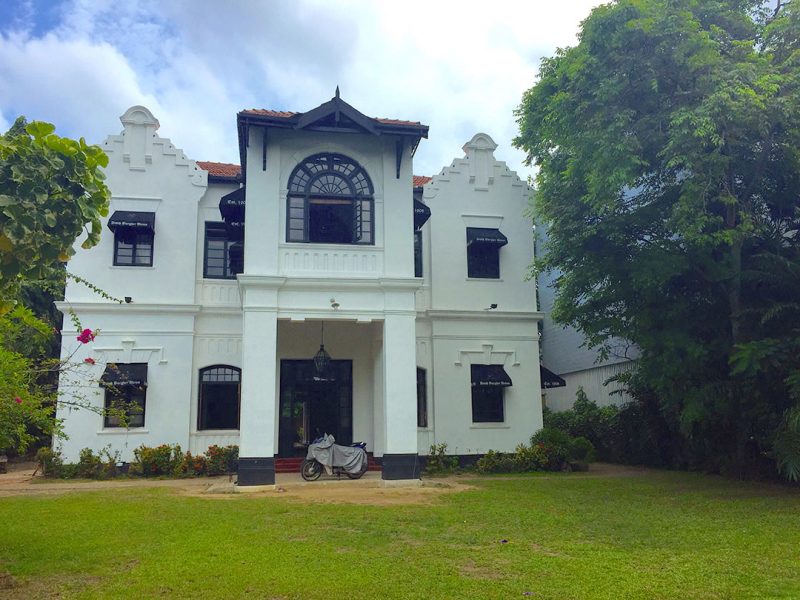
The Dutch Burgher Union building in Colombo. Image courtesy: bombaywalla.org
The British brought their modern technology and techniques from the West, but it was the Burghers, particularly the Dutch Burghers, who succeeded in practically introducing this to the society, mostly because it was easier for them to cooperate and communicate with the Sinhalese people than it was for the British. The Dutch Burghers were pioneers in land surveying, construction, health and medical services, and maintaining the road and railway networks.
They were also the pioneers of education and staunch upholders of the law, thereby maintaining order and delivering the government’s services in a just manner, so that all the diverse races and communities could co-exist harmoniously, with better living standards.
Many Dutch families also display a strong interest in their family histories, and therefore keep detailed ‘Stamboeken’, or Dutch Clan books with recorded dates of births, marriages, deaths, and other important events in their family’s history.
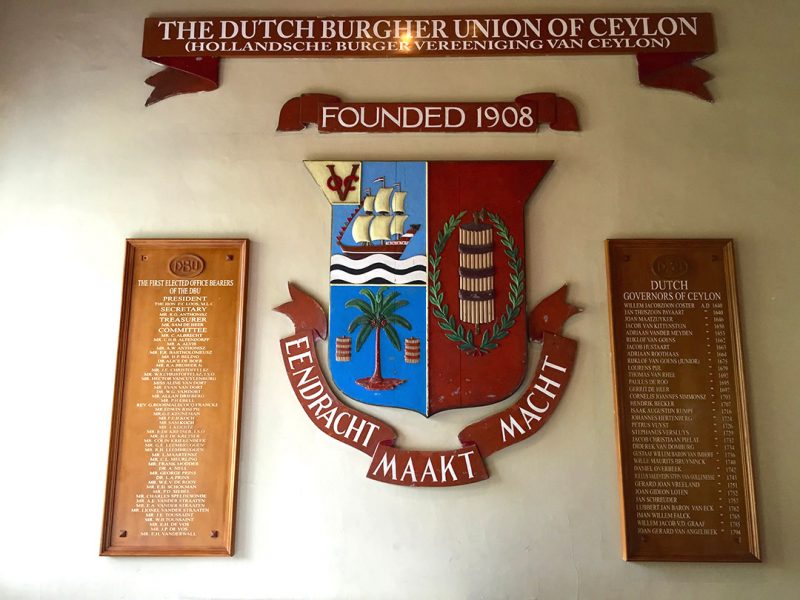
Inside the Dutch Burgher Union in Colombo. Image courtesy: bombaywalla.org
The Dutch Burgher Union also contains and preserves many of these journals that have been created and maintained throughout the years, revealing that each family line is not only of Dutch origin; these families have German, Swedish, Hungarian, Italian, French, British, Portuguese and Sinhalese ancestors as well.
Sri Lanka’s Famous Burgher Personalities
Carl Muller
One cannot talk about the Burghers without mentioning the writer, Carl Muller. Best known for his trilogy on the lives of a fictional Burgher family in Sri Lanka in the 1930’s, Muller was a successful author as well as a poet and a journalist. In 1993 he claimed the Gratiaen Award for his novel The Jam Fruit Tree and a State Literary Award for his historical novel, Children of the Lion.
Duncan White

14th August 1948: Duncan White of Ceylon fixes his starting blocks to the track at the 1948 London Olympics. Original Publication: Picture Post – 4582 – Fastest Men On Earth – pub. 1948. Image courtesy: Picture Post/Hulton Archive/Getty Images
Major Deshamanya Duncan White, a descendant of British lineage, was the first Sri Lankan athlete to claim an Olympic medal, winning second place in the 400m hurdles at the 1948 Summer Olympics in London. He was also the first South Asian to win an Olympic Medal in a track and field event in more than fifty years.
Sir Christopher Ondaatje and Michael Ondaatje
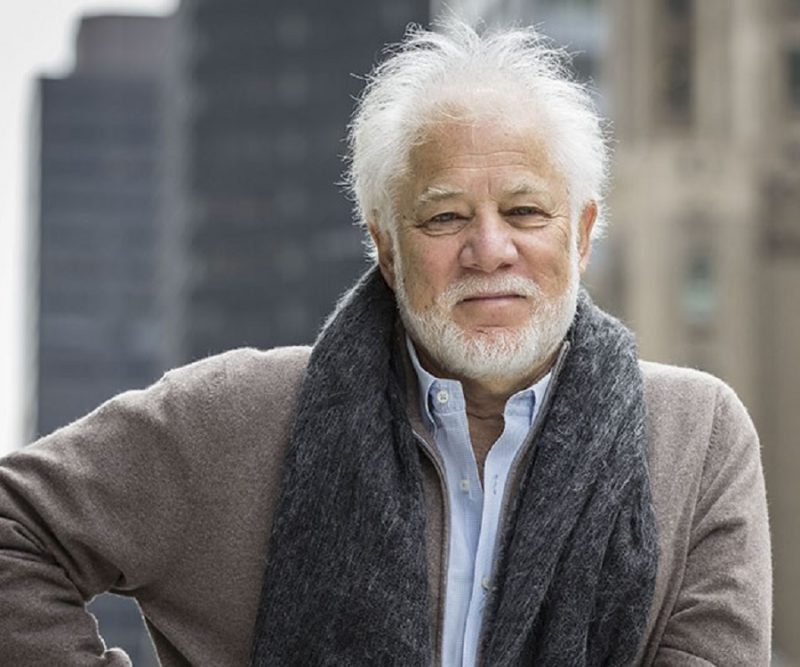
Writer and award-winning novelist, Michael Ondaatje, is of Sri Lankan Burgher origin. Image courtesy: thefamouspeople.com
Born into a Burgher family of Dutch and Indian origin, the Ondaatje brothers have contributed immensely to the fields of literature and exploration and have received numerous honours. Michael Ondaatje is a world renowned novelist widely known for his award-winning novel The English Patient, which was adapted into a film that also won several awards. His more adventurous older brother, Christopher, is a bob sledding Olympian for Canada and has travelled through India and Africa, even writing books about his adventures.
Angelo Mathews
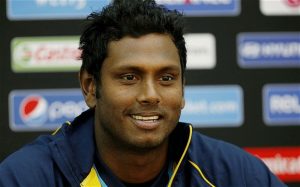
Sri Lanka Cricket captain, Angelo Mathews, is also of Burgher descent. Image courtesy: delhidaredevils.com
Not much needs to be said regarding the present Captain of the Sri Lankan Cricket team, who is also currently the T20I Captain. He was one of the key players of the team that made the 2014 World Twenty20 championship a success for Sri Lanka.
Jean Arasanayagam
Hailing from Kandy, Jean Arasanayagam (nee Solomons) is a Dutch Burgher and an English language writer and poet. Her works include poems such as Kindura, The Cry of the Kite and Trial by Terror.
Wendy Whatmore
An established poet, Wendy Whatmore first began writing poetry at the age of nine. After leaving school, she took up a career in speech and drama, and later established the Wendy Whatmore Academy of Speech and Drama in 1940, which is the premier speech training institute in Sri Lanka.
Lionel Wendt
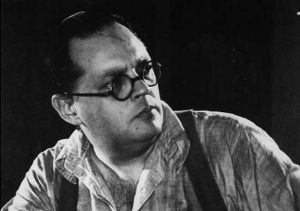
Lionel Wendt, celebrated pianist and cinematographer, among other things. Image courtesy: wikipedia.org
The Lionel Wendt theatre is one of the most notable places associated with art and drama in Colombo; it is no surprise that it is dedicated to a celebrated pianist, photographer, literature collector, critic, and cinematographer. Wendt was a founder member of the Colombo ’43 Group, a popular group of Sri Lankan artists. Along with contemporaries such as artists George Keyt and Harold Peiris, Wendt also took steps to promote Kandyan dance and other cultural dance forms in the country.
Frederica Jansz
A Burgher of Dutch lineage, Jansz was a well-known journalist and former editor of The Sunday Leader. Jansz began her career as a war reporter for Visnews, during the civil war. An intrepid journalist, she claimed the Editor’s Guild of Sri Lanka Journalist of the Year Award in 2004.
Jacqueline Fernandez
Jacqueline Fernandez was born in Bahrain to a multi-ethnic family. She is most notably famous for being the winner of the 2006 Miss Sri Lanka Universe pageant and, of course, for her roles in several Bollywood films. She has won several awards for her acting and in 2014 also received a nomination for Best Supporting Actress at IIFA, for her performance in Housefull 2.
Throughout the centuries, the Burghers have carved out a place for themselves in Sri Lanka’s multi-ethnic and multi-religious society. The Dutch Burghers have been at the centre of development during the colonial eras, while their Portuguese counterparts have done their best to protect the legacy left behind by their ancestors. Although small in number, it is safe to say that both the communities have contributed, and continue to contribute to Sri Lankan society.




